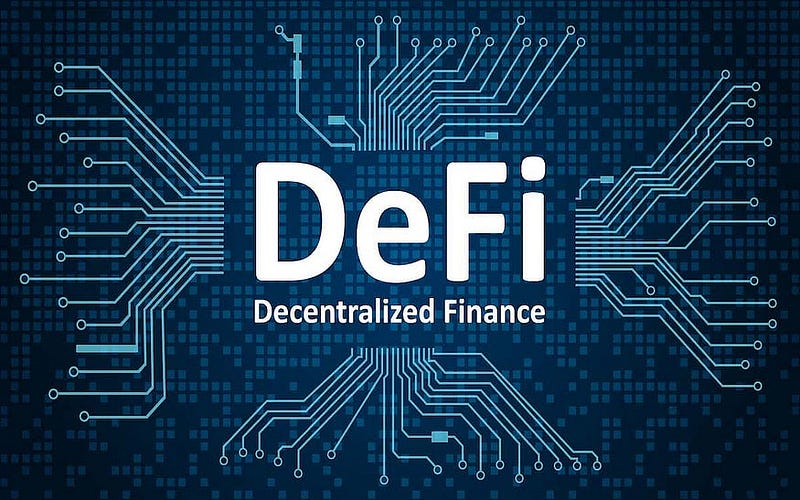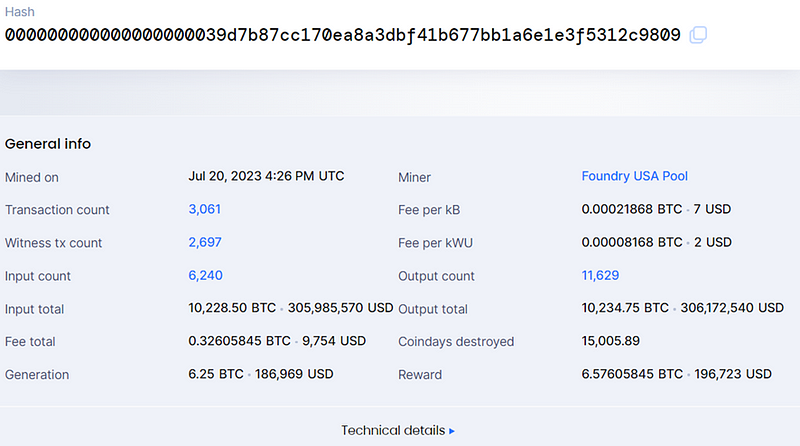When one thinks of an unregulated market or one with very little regulation, one tends to imagine a jungle governed by the law of the…
When one thinks of an unregulated market or one with very little regulation, one tends to imagine a jungle governed by the law of the strongest. This is how the decentralized finance ecosystem is usually described or interpreted, even more so after being left out of MiCA regulation.
In this article we will see which are the laws governing decentralized finance (DeFi).

The basis of the DeFi ecosystem and the entire crypto and web 3.0 ecosystem in general is the blockchain. As we mentioned in a previous article, a blockchain is a kind of payment network maintained by a network of computers in such a way that it is very difficult to hack or alter it. In turn, blockchains serve as a public record of the transactions that take place within it.
To go into more detail, the blockchain, as its very name suggests (blockchain), is nothing more than a network of blocks. The main function of the blocks is to collect the set of transactions that have taken place in a certain period of time, each block shows us information such as a list of the transactions it contains, the value of these or more technical details such as the hash or the miner.

Each block is linked to the previous block by means of hashes, since each block contains a hash of the previous block. The hash is that long number that we see in the image, which is the result of applying a hash function to a certain information in order to, among other things, present it in a compact form. In this way, in order to modify the information of a block, the hash of this block has to be changed, which cannot be modified without first modifying the hash of the previous block, and so on. The result is that it is practically impossible to change transaction data.
Therefore, the universal laws that apply to decentralized finance are the characteristics of the blockchain. These are that transactions are public and irreversible.
With the exception of bitcoin, all other blockchains are built in such a way that applications can be created on them, which are the protocols that make the DeFi ecosystem so famous. The protocols are made up of Smart contracts, i.e. code and equations. The Smart contracts are those that interact with the blockchain or with other protocols and the equations establish the functionalities within the protocol, such as, for example, the way in which liquidity is distributed in a Uniswap V2 pool (the formula is x*y=k where x and y are the reserves of each asset in the pool and k is a constant).
With this, we would have the foundations on which decentralized finance is based. Next, we will see what are some of the rules or characteristics of the ecosystem.
The fact that finance is decentralized means that there is no third party or intermediary, which has several implications.
Typically, a digital cryptocurrency wallet is used, which is software or hardware that stores public and private keys and is used to send and receive cryptocurrencies. Digital wallets do not store any cryptocurrencies, but store the keys needed to access them while they reside on the blockchain.
In this way, only the user has ownership of their keys. This means that, if you lose the key, you also lose access to your funds since no one else knows what that key is. As we can see, greater freedom and control over the funds also implies greater responsibility.
Another characteristic of decentralized finance is that since there is no intermediary, it is the user himself who has to take care of the whole investment process, which, depending on what he wants to do, can be very complex and expensive. It is the user’s responsibility to get informed and acquire the necessary knowledge to take advantage of the DeFi ecosystem.
Therefore, decentralized finance is governed by the properties of the blockchain on which protocols formed by Smart Contracts and equations are built. At the same time, the user enjoys the transparency of the ecosystem and the ownership of his keys and must face by himself the realization of the formalities associated with the investment process.
0 comentarios